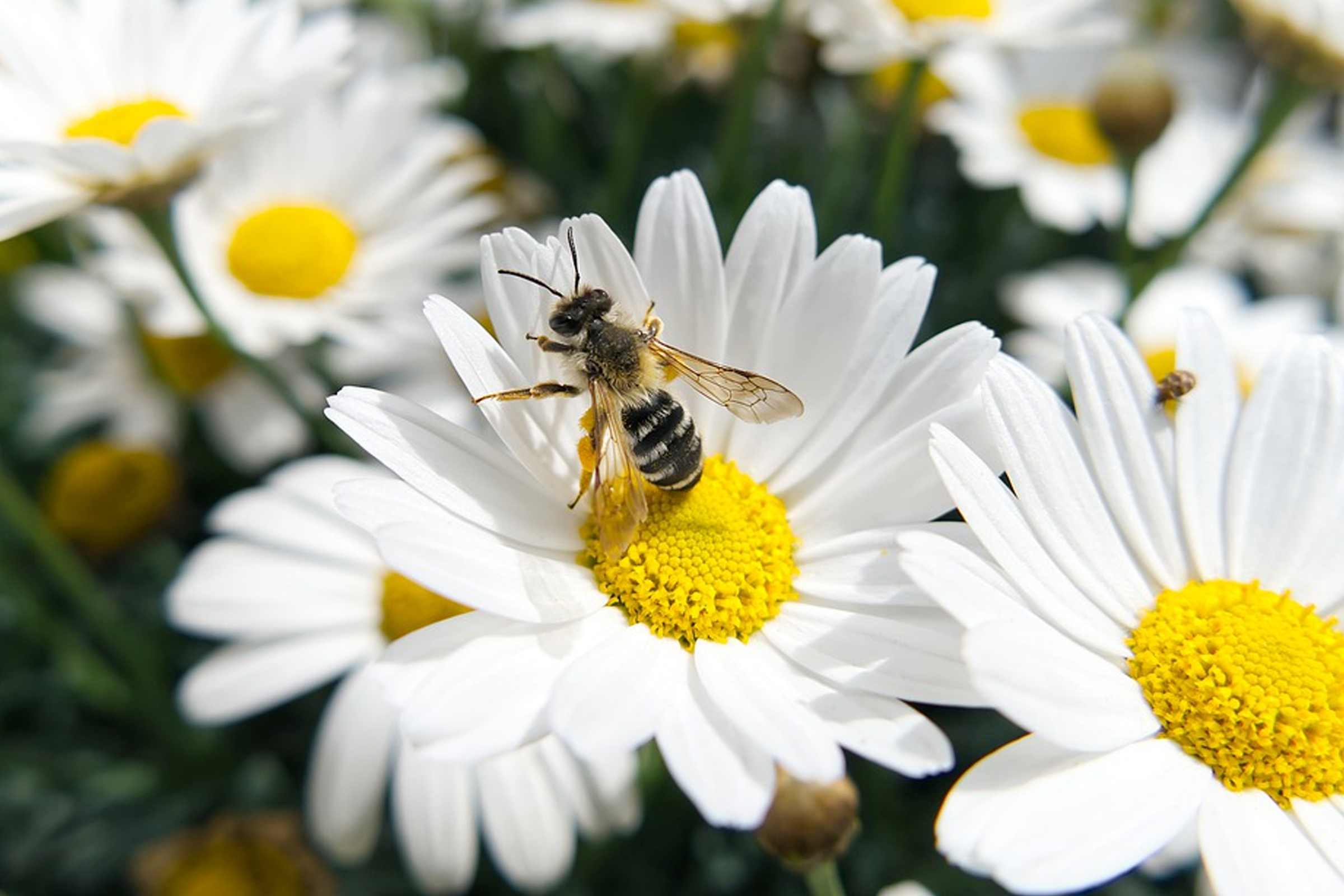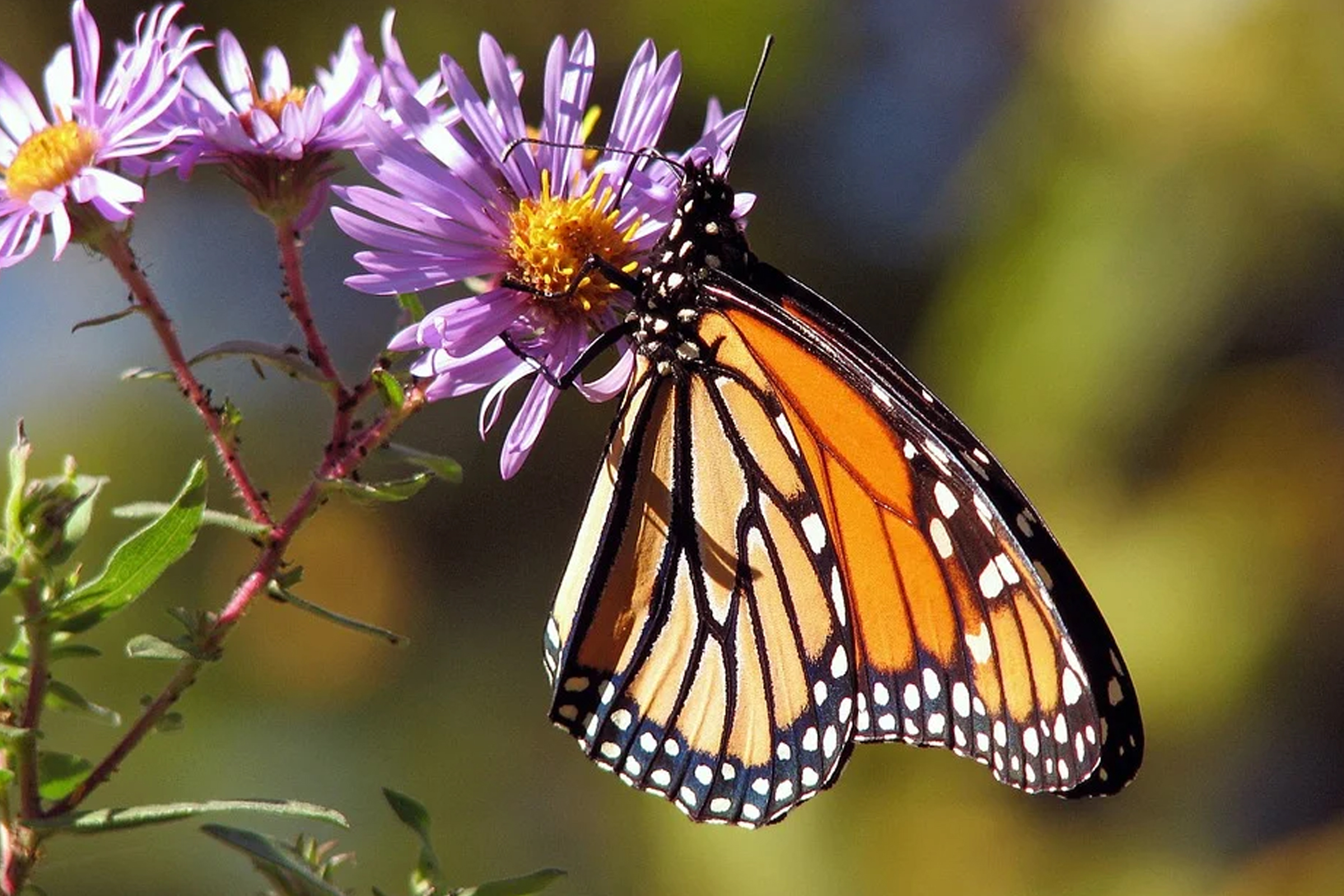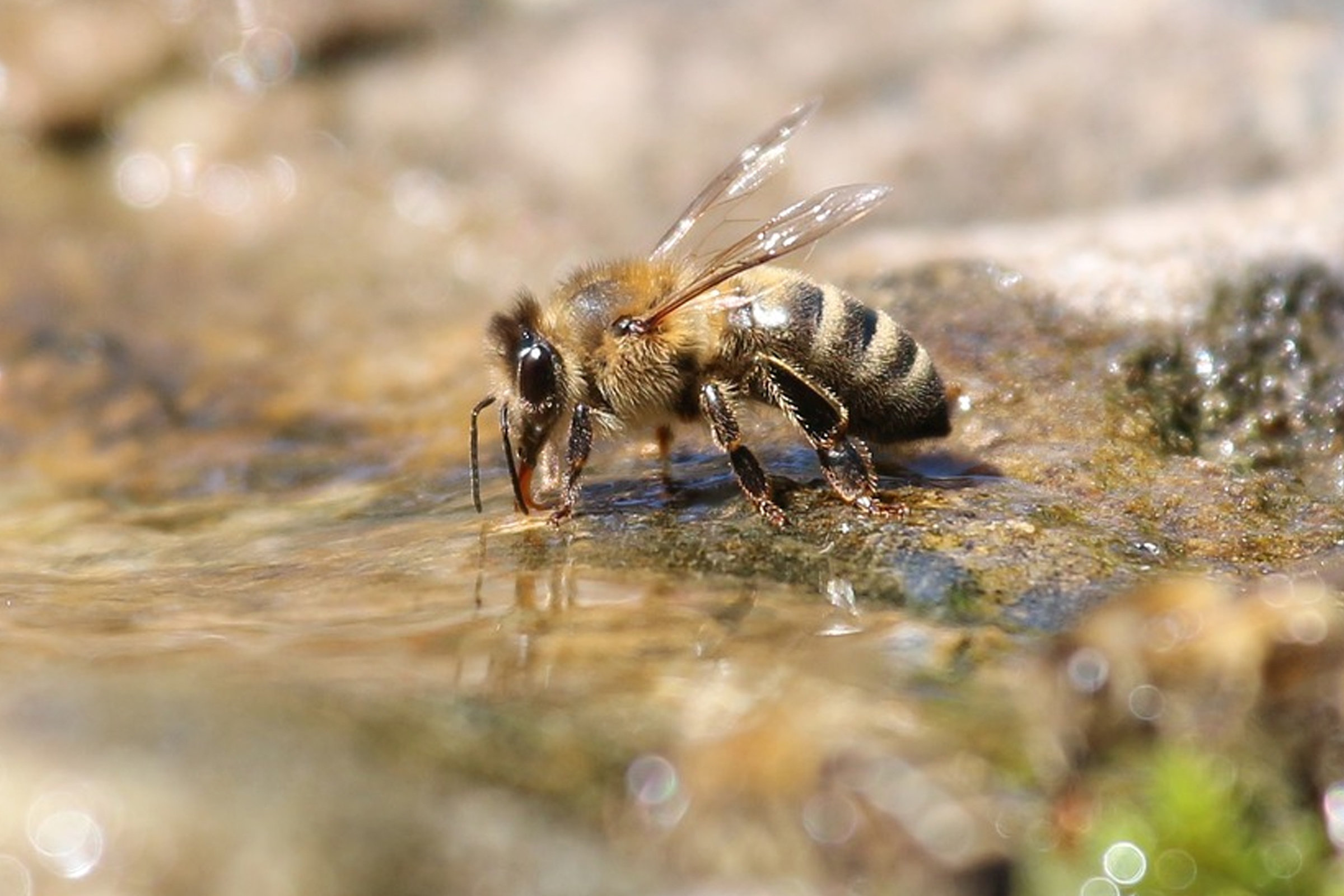Blog

Plant for Pollinators
Follow these nine rules to make your garden the most popular place for pollinators to gather and grow.
1. Eliminate or limit your use of pesticides
Pesticides can be deadly to pollinator populations. Practice Sustainable Landcare techniques and create a healthy yard that functions without the use of synthetic pesticides.
2. Choose Native Plants
A garden that supports pollinators is a garden full of native plants. These are plants native to the local region in which bees and butterflies live and have evolved. Pollinators have a special relationship with these plants to the extent that some species of bees and butterflies rely on a single type of plant. We all know that monarch butterflies rely on milkweed for their young to feed and grow, but did you know that there are specialist bees? Such as squash bees which specialize in pollinating squash plants, specifically zucchini, butternut squash, pumpkins and gourds. This is their sole pollen source. (Read more about squash in Pennsylvania here.)
3. Find flowers that produce pollen and nectar
Bees and butterflies feed on pollen and nectar from flowers. While doing so, they move pollen from flower to flower pollinating them. Find pollinator friendly plants by selecting nectar and pollen producing plants with Phipps Sustainable Plant Finder.

4. Keep it diverse
The greater your plant diversity, the greater your chances of seeing a variety of bees and butterflies. Select plants with different colors, flower shapes and sizes. Butterflies are attracted to flowers with tubular shape and love flowers of red, orange and yellow. While bees prefer flowers with a nice wide landing pad (such as daisy or Echinacea) and enjoy blooms of purple, blue and yellow. Have a mixture of these colors to attract a diverse population of pollinators. This Pollinator Guide will help.
5. Plant flowers which bloom from early spring through late fall
Provide pollinators with lots of food when they are most active. Inventory the bloom times of all of your flowering plants and be sure to have a variety of flower blooms for each month from early spring through late fall. Spring and fall are times when food sources can be scarce, so plant early and late bloomers. Serviceberries, redbud and catalpa are trees that provide lots of early blooms for pollinators. Asters, goldenrod and Joe-pye weed are late fall bloomers. Lists like this one or this one from Xerces, can help you select plants with different bloom times.

6. Provide host plants and nest sites
Flowers with pollen and nectar will feed adult pollinators, but young bees and butterflies have additional needs. Butterflies will lay eggs on plants that their caterpillars will want to eat. Growing caterpillars eat a lot of leaves, these can come from trees, shrubs or other plants but may not be the same plants that feed adults. Use this list of host plants or this website to find host plants for young butterflies. Bees on the other hand need nest sites for their young. These can be holes underground or nests in cavities such as the center stalk of old plants or holes drilled into wood. Read more about providing bees nesting sites here.
7. Plant in drifts
A drift of plants is a landscape design technique where multiple plants of the same type are plants in swaths together. So there may be an area with 5 or 7 of the same plant. This creates a large planting that is easy for pollinators to find and feed in. Plus it looks pretty! See some beautiful examples of drifts in the work of landscape designer Piet Oudolf.
8. Provide water
Water is important for our pollinators. So having a puddling stone for butterflies or a shallow dish of water with stones for bees to crawl in and out of is important and can really make your yard an oasis for pollinators. Read more here.

9. Skip fall clean up
Bees and butterflies overwinter in your garden in various stages of development and in different locations in your yard. Popular overwintering sites include leaf piles and dead perennial stalks. If you clean up your garden in the fall removing all of this dead plant matter, you could also be removing pollinators from your property. Garden aesthetics are changing and many people now appreciate the shapes and structure of perennials past their prime. Learn to leave all of that dead plant matter to protect your pollinators and clean up in late spring once butterflies and bees have emerged from their winter slumber. These articlee in the Post Gazette and from the Pittsburgh Parks Conservancy help to explain this more.

